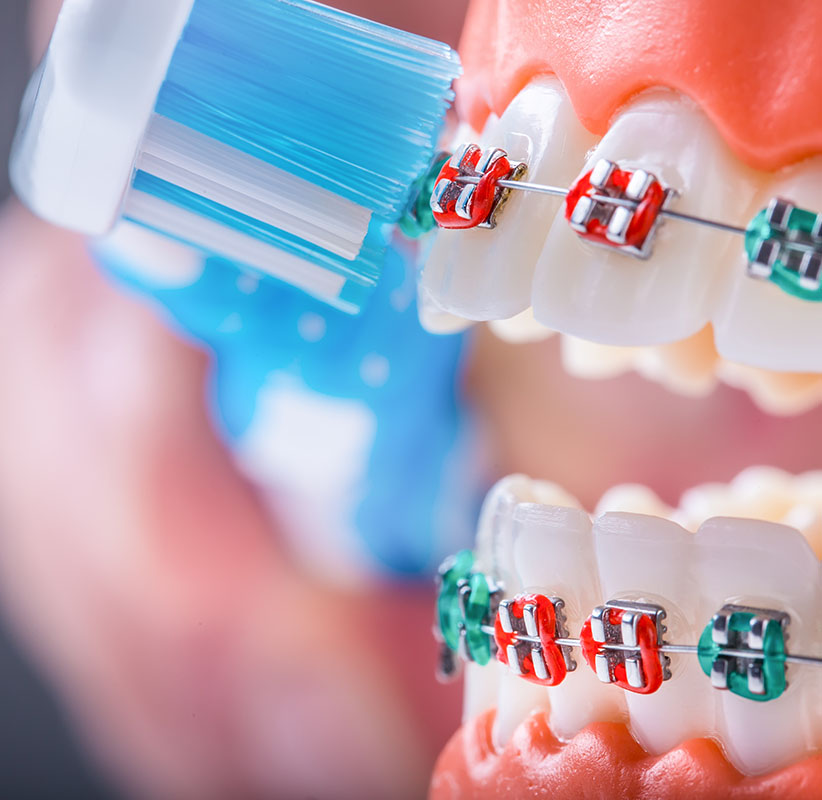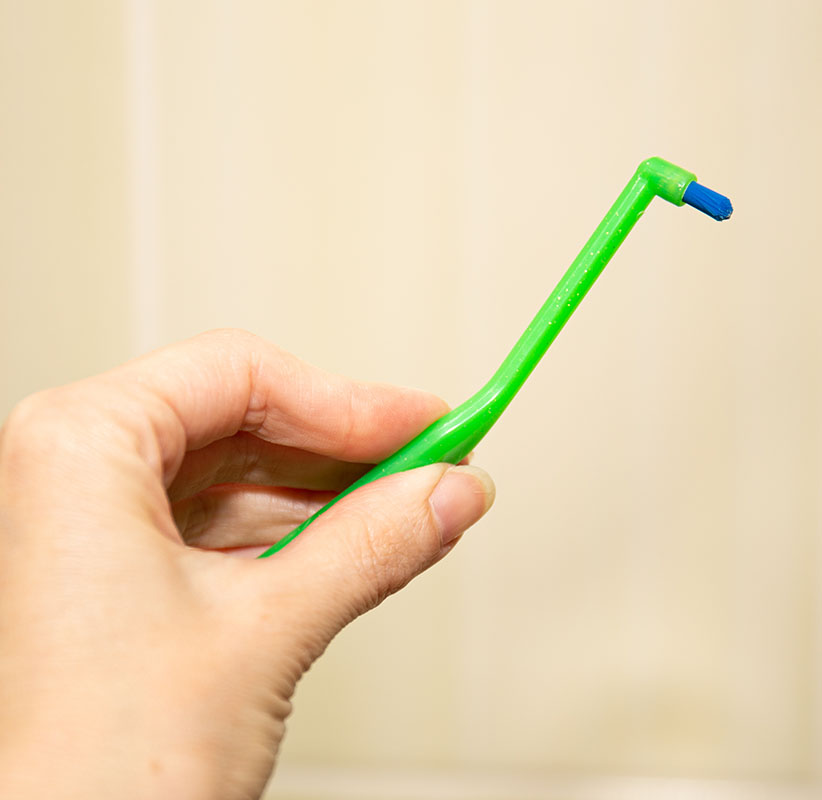
Accumulation of bacteria, calculus and plaque causes various dental and general health issues. These include periodontitis (irreversible gum disease), gingivitis (gum inflammation) and bad breath (halitosis).
A dental hygienist can help prevent these issues through professional dental cleaning and advice. This also improves general health, reducing the risk of Alzheimer’s disease and heart disease.
Recent studies have established a link between Alzheimer’s disease development later in life and gum disease. These studies found the bacteria and their associated products that cause gum disease in the brain of people with dementia and Alzheimer’s disease.
Visiting the dental hygienist helps improve oral health, which benefits the individual in many ways. Besides removing deposits and cleaning the teeth, dental hygienists show patients how to maintain good oral hygiene and the necessary tools based on the individual’s needs.
Another reason to visit a dental hygienist is to enjoy the therapeutic effect of the treatment, as treatments make you feel refreshed. You will likely feel more vitalised and healthy when your mouth feels good.

An important role of a dental hygienist is demonstrating the right way to floss and brush teeth. Using the wrong brushing technique can cause irreparable gum recession and tooth cavities.
The Modified Bass Technique is among the most effective brushing methods with reduced risk of damage to the teeth and gum.
Flossing once daily is an essential part of a good oral hygiene routine. It removes plaque from spaces between the teeth where toothbrushes cannot reach. Using the right flossing methods is important to remove plaque and avoid damaging the gum.
Regular dental hygienist visit gives you the confidence of fresh breath. The dental hygienist will use pain-free teeth cleaning methods to keep your breath fresh using the latest equipment, including Air Polishing Machines. These machines gently remove stains without damaging the teeth.
Your hygienist appointment also includes fluoride application, diet advice, oral hygiene instructions and if needed, fissure sealants to prevent several dental problems.

If you feel your gums and teeth aren’t as clean as they should be even after you’ve cleaned them, you are likely right. You may need to visit a dental hygienist. Plaque is an almost colourless film constantly forming on the teeth from salivary proteins, partly digested food particles and bacteria. Plaque stays hidden in the hard-to-reach areas between the gums and teeth.
Plaque bacteria makes the gums swollen and tender, which causes chronic gum disease. When untreated, gum disease can cause further loss of the underlying bone that holds the teeth in the jaws. This may cause loss or loosening of the affected teeth.
The bacteria can get into the bloodstream, weakening the immune system. This is a contributing factor to several health conditions, especially cardiovascular diseases.
Many people visit their hygienist more frequently than their dentist to experience a feeling of rejuvenation and refreshment after each visit. The dental hygienist will check the soft tissues in the mouth during each visit, examining for any abnormalities even in their early stages. This aids early diagnosis of several oral health complications like oral cancer.
Daily brushing and flossing are also important to remove dental plaque, preventing the build-up of tartar, bleeding and gum inflammation to leave a healthy mouth.

The correct teeth-brushing techniques are vital to maintaining a healthy mouth. Ensure you use a small-headed, medium-strength toothbrush with a comfortable handle for a good grip. These features are important because they help you place the head of the toothbrush on the correct area of the gum and tooth to be effective.
Place the toothbrush’s filaments at the neck of the tooth, facing the gum area, and use short wiggling strokes to remove plaque from the areas at the gum margins surrounding the neck of the teeth.
Use gentle pressure and small movements to clean the teeth to prevent wearing them away. Gradually clean all surfaces of each tooth. Using a pen grip reduces the use of excessive force. Your dental hygienist can show you the right brushing techniques.

Power toothbrushes efficiently clean the teeth when used according to the manufacturer’s instructions. Two main power brushes are available.
They have the comfort and size characteristics of a good manual toothbrush with a powered oscillating and rotating action for effective and easier plaque removal. You do not need to use the small brushing movements as the brush is programmed to do all the work, but you should apply the right amount of pressure and place the brush on all the right areas.
They use a microprocessor that creates a sonic brushing frequency of 31,000 gentle brush strokes per minute. The dynamic fluid forces created by the sonic waves and direct bristle contact produce a powerful cleaning effect that removes plaque bacteria in hard-to-reach areas below the gum line and between the teeth.
If you need to see a dental hygienist for your routine dental cleaning, visit Kingston Orthodontics or call us on 0203 002 2501 to book an appointment with our hygienist.

Regular dental hygienist visits will help improve your dental health and prevent bleeding gums, dental decay, and periodontal or gum disease.
Yes. A dental hygienist who has completed training in teeth whitening can whiten your teeth.
It is unlikely that a dental hygiene cleaning procedure will damage the teeth.
No. A dental hygienist cannot extract a tooth or do permanent fillings.
Dental hygiene cleaning isn’t painful.

Spread the cost of any treatment
We are here to help you achieve the perfect – and affordable – smile so please talk to us about our popular interest-free payment plans. Spread the cost and relax – secure in the knowledge that your treatment will take place on time and on budget.